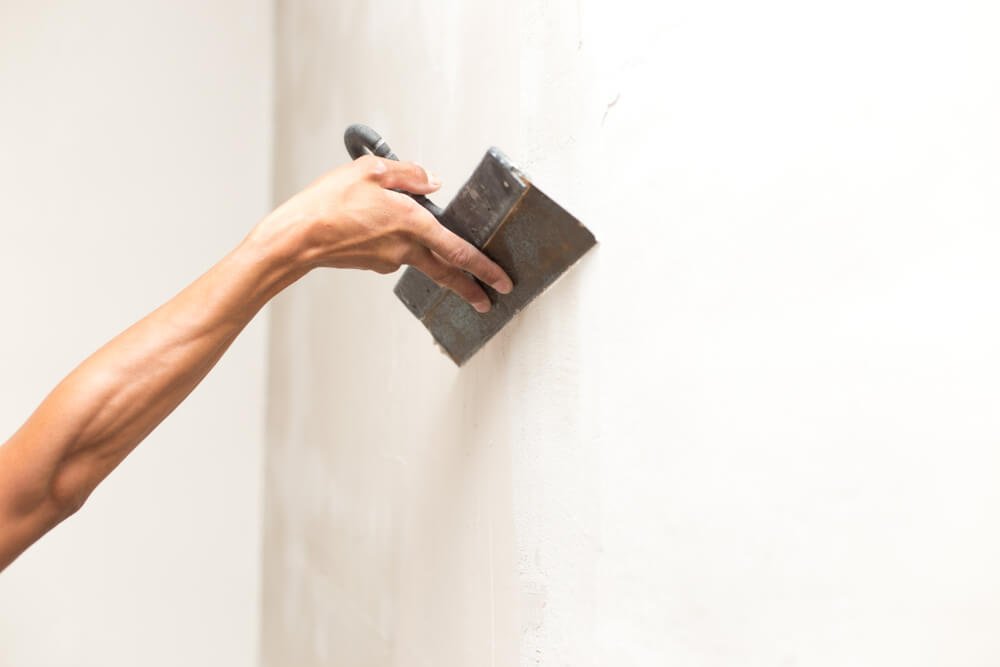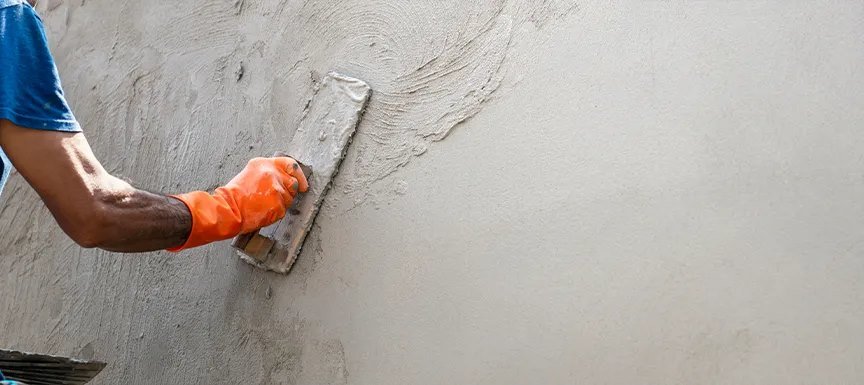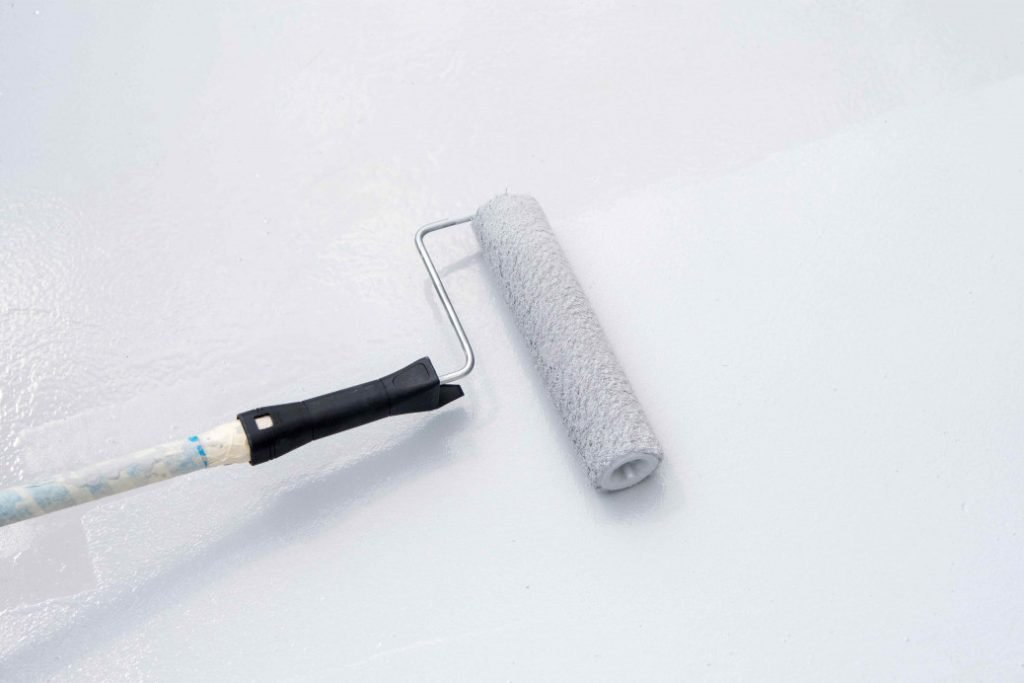Water damage from the walls is one of the common issues, but a serious one as well. During monsoon season, homeowners often face wall seepage, resulting in problems such as damp patches, peeling paint, and mold. Identify the root cause so you can implement a permanent solution. In this blog, we will discuss how you can stop water leakage from walls, as well as early signs, causes, and prevention methods. Taking the right steps ahead of schedule can help you protect the integrity of your home and maintain it in looking fresh and damage-free, come rain or shine.
How to Stop Water Leakage from Wall
1. Understanding the Causes

Root Causes of Wall Leakage Before addressing the issue, it’s important to know the causes of the leakage in the walls. A common reason for the moisture in the air is a leaking or cracked roof, which enables the rainwater to enter the house, or plumbing issues, such as pipes in walls or ceilings that leak, which cause the moisture to remain.
Wet basements might be caused by poor drainage and clogged gutters, allowing water to pool around the foundation and seep into walls. Another entrance is structural cracks and gaps. High humidity can also cause condensation of the walls creating moisture and mold. It is the first step in discovering how to fix water leaking wall the right way.
2. Faulty Plumbing

The top reason behind the seepage in your wall is plumbing. Because plumbing systems allow water to flow seamlessly throughout your home, damage or leaking pipes can slowly create a build-up of water in the walls.
Over time, this can cause damp patches, peeling paint, and even structural damage. From everyday use to wear and tear, plumbing can endure a lot, making it so important for you to get it inspected regularly to avoid any catastrophe later. How to Stop Water Leakage from Walls Start off by ensuring that your plumbing system does not have hidden leaks, and repair your plumbing piping system.
3. Paint Solutions for Damp Walls

Though repainting might seem like a quick solution to damp walls, it won’t fix the underlying issue. If these underlying causes of seepage — moisture getting in through cracks, for example — aren’t adequately addressed, you can expect wall seepage to return. It is also not just about painting to know how to stop water leaking in walls. Advanced moisture detection, surface cleaning, crack-filling filling and waterproof putty are now employed in modern painting techniques. Only high-quality, water-resistant paints should be applied afterwards. This holistic approach will not only protect your walls for many years but also make them look appealing while thwarting any seepage.
4. Improve Drainage Around the Home

If you are wondering how to stop water leakage from wall, then proper drainage is the key. Begin by inspecting the ground around your home’s foundation: It should slope away from the house to channel rainwater runoff away from the walls. Improper grading can allow water to pool and seep in through the foundation.
Make sure gutters and downspouts are cleaned regularly so that they don’t overflow and back up. Also, install a French drain or a sump pump system inside the perimeter. These drain systems can pull the water away from the building, reducing the likelihood of water seeping into your walls and doing permanent damage.
5. Roof Water Accumulation

Water seepage on walls usually starts from excess water on the roof. Standing water for long periods also acts as a breeding ground for bacteria that can start breaking down roofing materials. Over the years, this gradual deterioration causes the roof to become porous, enabling the water to coalesce and pass down to the walls. If left unchecked, it can cause widespread wall damage, with areas developing mold, cracks , and structural problems. By dealing with roof drainage and maintenance, you can prevent these kinds of issues. Before learning how to stop water leakage from the wall, avoid water accumulation at the source.
6. Seal Cracks and Gaps Effectively

The water can easily pay the small cracks and gaps in your walls, causing leakage and long-term damage. Sealing and inspecting these susceptibilities is one of the first steps to stop water leakage from the wall. Seal off any visible gaps with a high-quality waterproof sealant or caulk.
If the cracks are large or there are major structural issues, you may need to use a concrete patching compound or call a professional. Sealing your walls serves game-ending to ensuring that the water shall not enter but that the insulation affects your home throughout the year, making it more energy-efficient as well as structurally sound.
7. Understanding Percolation and Its Role in Wall Leakage

Percolation is when water moves incredibly slowly through porous ceramic or porous material, you often see this in older or aging building material. With time, the resistance of these substances in the face of moisture wears off, and slowly, water starts penetrating.
The leak can seem small and go unreported at first. If not treated properly, this leakage can develop into serious seepage that can affect both the integrity and the appearance of your home. It’s important to recognize this early on. Well, suppose you are still trying to figure out how to stop water leakage from the wall. In that case, your first step will be to identify percolation at the source level, and timely repair and waterproofing are critical to be considered here.
8. Apply Waterproof Coating for Lasting Protection

Applying an open waterproof coating to the exterior wall would also be an answer to how to stop water leakage from the wall. This adds a moisture-repellent layer that stops the water from coming through the wall. You must apply a waterproof product that is compatible with your type of wall and follow the manufacturer’s guidelines about how to apply it. This step provides important additional protection in areas that experience heavy rainfall or high humidity. Choosing specialized roof and wall waterproof paints prevents most of the long-term damages that compromise the structural integrity and overall aesthetic appearance of your house over seasons.
9. Improve Indoor Ventilation

And as a result of too little ventilation, it will cause humidity inside the house, which will produce moisture condensation on the walls, thus potentially causing the walls to become damp. Another of the most effective methods to prevent a wall leak due to water from excessive moisture build-up is via exposure throughout your abode. To quickly remove excess humidity, install exhaust fans in moisture-prone areas such as the kitchen and bathroom. When you can, keep windows open to let the fresh outdoor air circulate. Implementing a dehumidifier when above 60%. Proper ventilation prevents condensation from causing leaks and protects the walls from long-term water damage.
10. Preventing Mold and Ensuring Regular Maintenance

One of the most important steps in finding out how to prevent water from leaking from the wall is taking control of mold and mildew. Wash affected areas with a water-soap solution. In serious cases, however, you may want to call a pest control expert. Mold not only damages your walls but can affect indoor air quality as well. Regular upkeep is just as important — check your roof, plumbing, and outside walls for signs of damage early on. Clean and maintain gutters and downspouts to prevent water build-up, too. Regular checks and minor fixes can help stop small problems from snowballing into expensive, extensive water damage.
A very important step to learn how to stop water leakage from walls is getting rid of mold and mildew in the early stages. Mop affected areas with a mild water-detergent mixture, or for extensive cases, seek professional treatment. Mold can not only cause damage on your walls but also affect the condition of the air indoors. Preventative maintenance matters as well — check your roof, plumbing, and external walls for early signs of damage. Keep gutters and downspouts clean and functioning properly so that water doesn’t build up. Regular checks and quick repairs can ensure small problems don’t blossom into expensive, wide-scale water damage.
Read Next
How to Reduce Echo in a Room
How to Remove Crayon from Wall | 10 Best Ideas






